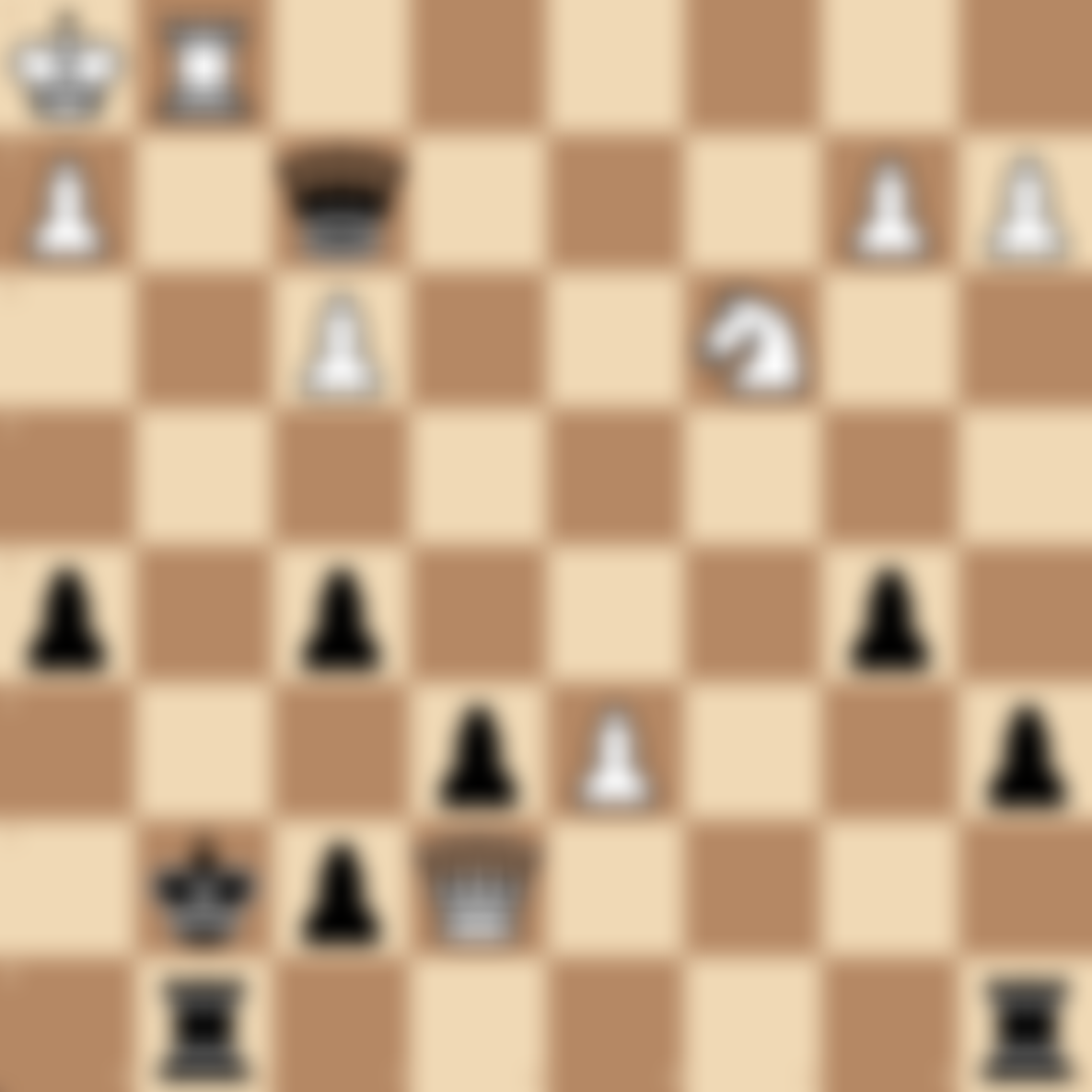Pin in Chess: The Art of Immobilization
Introduction
The pin is one of the most powerful tactical motifs in chess. At chesspuzzles.io, we've compiled a comprehensive guide and a series of puzzles to help you master this crucial concept, enhancing your tactical prowess and overall chess understanding.
What is a Pin in Chess?
A pin is a situation where a piece is prevented from moving because such a move would expose a more valuable piece behind it to capture. The pinned piece is often rendered temporarily useless, creating a significant tactical advantage.
Types of Pins
- Absolute Pin: The pinned piece cannot legally move because it would expose the king to check.
- Relative Pin: The pinned piece can legally move, but doing so would result in the loss of a more valuable piece behind it.
Importance of Understanding Pins
Mastering pins is crucial for several reasons:
- Tactical advantage: Pins can lead to material gain or positional superiority.
- Defensive weakness: Pinned pieces are vulnerable to attack and limit your opponent's options.
- Positional pressure: Even if not immediately decisive, pins can create long-term strategic advantages.
- Combination setup: Pins often set up more complex tactical combinations.
- Endgame technique: Understanding pins is crucial in many endgame positions.
Key Concepts in Pin Tactics
- Pinning piece: The piece creating the pin (often a bishop, rook, or queen).
- Pinned piece: The piece that is immobilized by the pin.
- Valuable piece: The piece behind the pinned piece (often the king or queen).
- Pin breaking: Tactics to escape or neutralize a pin.
- Multiple pins: Situations where more than one piece is pinned simultaneously.
Common Pin Patterns
- Bishop pin along a diagonal
- Rook pin along a file or rank
- Queen pin (can be diagonal or straight)
- X-ray pin (pinning piece is not adjacent to the pinned piece)
- Cross-pin (two pieces pinned against each other)
How to Create and Exploit Pins
- Look for opportunities to align your long-range pieces with enemy pieces and their king or other valuable pieces.
- Consider moves that force your opponent's pieces into pinnable positions.
- Attack pinned pieces, as they often can't be defended effectively.
- Use pins to restrict your opponent's piece mobility and create weaknesses.
- Combine pins with other tactical motifs like forks or discovered attacks.
Defending Against Pins
- Be aware of potential pins and avoid moving pieces into pinnable positions.
- Look for ways to break pins by interposing pieces or moving the valuable piece behind.
- Counter-attack to divert your opponent's attention from exploiting the pin.
- In some cases, accepting the material loss to break the pin might be the best defensive option.
Famous Games Featuring Critical Pins
- Byrne vs. Fischer, 1956 (The "Game of the Century")
- Kasparov vs. Topalov, 1999 (Kasparov's famous rook sacrifice)
- Morphy vs. Duke of Brunswick and Count Isouard, 1858 (The "Opera Game")
Practice Pin Puzzles
Enhance your understanding and execution of pin tactics with our carefully curated collection of puzzles:
Try our Pin Puzzles on chesspuzzles.io now
These challenging puzzles are designed to improve your ability to spot, create, and exploit pins in various positions.
FAQs
Q: Can a knight create a pin? A: No, knights cannot create pins because they don't attack in a straight line. However, knights can be pinned by other pieces.
Q: Is it always best to maintain a pin once created? A: Not necessarily. Sometimes, it's more advantageous to exploit the pin immediately rather than maintaining it, especially if your opponent has resources to break the pin.
Q: Can a pawn be a pinning piece? A: While rare, it is possible for a pawn to create a pin, especially in endgame positions where the pawn is close to promotion.
Q: How can I improve my ability to spot and create pins? A: Regular practice with tactical puzzles, especially those focused on pins, can greatly improve your pin recognition. Analyzing your own games and studying master games with a focus on pin tactics will also help.
Q: Are pins more important in the opening, middlegame, or endgame? A: Pins are important in all phases of the game, but they often play a crucial role in the middlegame where piece activity is at its peak. In the endgame, pins can be decisive, especially in king and pawn endings.
Master the art of pins to add a powerful tactical weapon to your chess arsenal! Ready to test your skills? Try our Pin Puzzles on chesspuzzles.io now and learn how to immobilize your opponent's pieces for decisive advantages!
